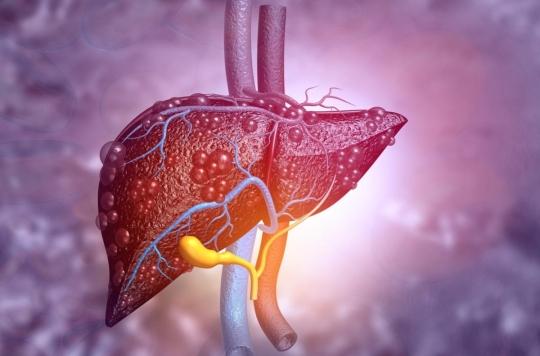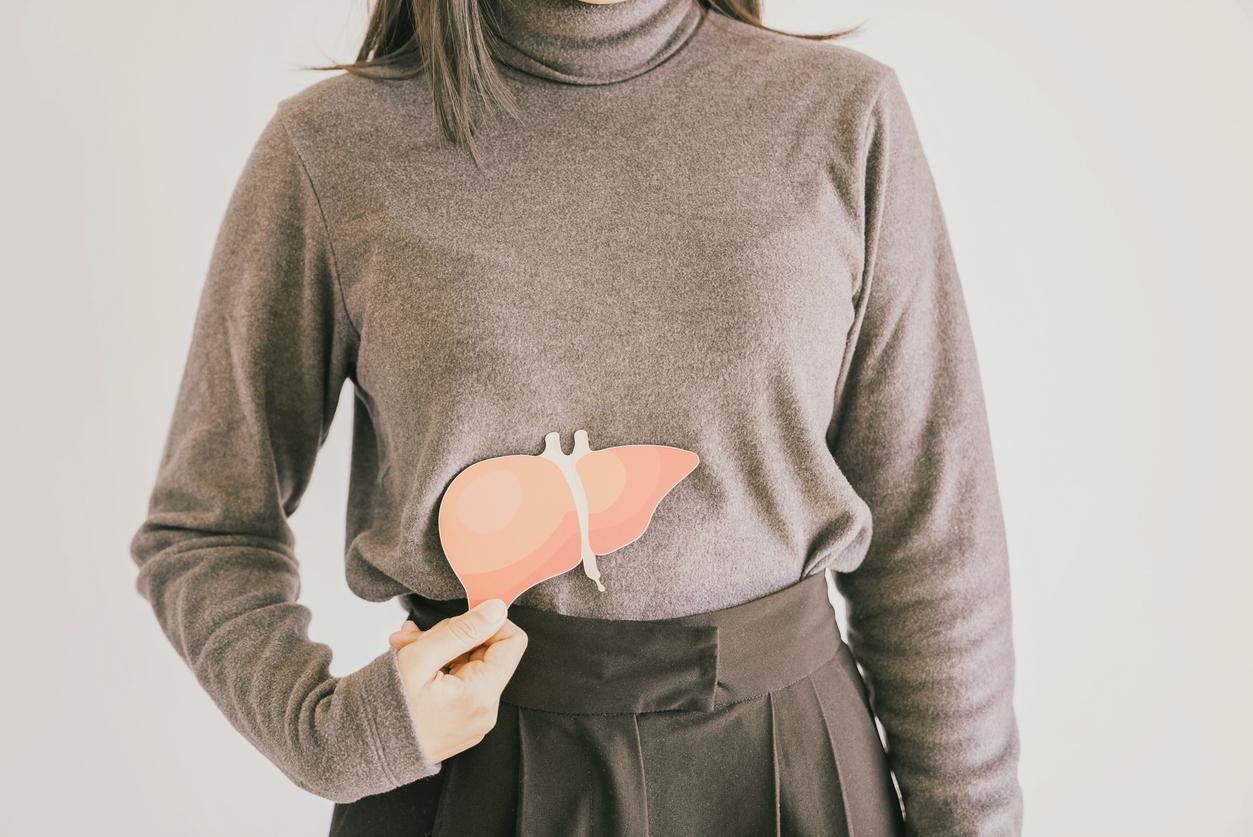Excessive alcohol consumption damages the liver. Ultimately, addiction can lead to various diseases, including cirrhosis.

- In France, 49,000 alcohol-related deaths are recorded each year.
- 75% of cirrhosis is due to alcohol in France.
“Alcohol abuse is dangerous for health“: the message has been widely disseminated for several years. Excessive consumption has consequences, sometimes irreversible, on the liver. In addition, alcohol-related liver disease is the leading cause of liver-related death in France. According to the National Professional Council of Hepato-Gastroenterologythis pathology corresponds to “all liver damage caused by the consumption of alcoholic beverages”. Scientists point out that there is no safe drinking threshold, i.e. there is no level of consumption below which the risk of alcohol-related liver disease is zero .
One disease, different stages
Alcohol-related liver disease manifests itself in different stages. The first is alcoholic hepatic steatosis, it corresponds to fatty deposits in the cells of the liver. Some people have no symptoms, others may have jaundice. In the event of a drop in alcohol consumption and with appropriate treatment, it is possible that the steatosis will regress. Otherwise, it generally evolves into fibrosis: the Paul Brousse hepatobiliary center indicates that it is a “an inflammation linked to the reaction of the immune system” which can lead to anecrosis (destruction) of liver cells”. He There are four stages, corresponding to the amount of scar tissue present in the liver. Most of the time, the disease is asymptomatic, and the first pains appear when it evolves into cirrhosis, its last stage. At this level, those affected usually experience fatigue and itching, and sometimes jaundice.
Serious complications
Alcoholic liver disease takes on another dimension in the cirrhosis stage, with a high risk of complications. “The circulation of blood in the liver, which must be able to be done at a high rate, is hampered by cirrhosis: this can lead to portal hypertension and the appearance of varices in the esophagus, which can rupture leading to digestive bleeding “, warns the hepatobiliary center Paul Brousse. It can also lead to fluid buildup in the abdomen and even liver cancer.
How to treat alcohol-related liver disease?
The first step towards recovery is alcohol withdrawal, or at least cutting back. Treatments such as Baclofen can help reduce alcohol dependence. Depending on the stage of the disease, different treatments can be prescribed, but there is a risk of death. Worldwide, alcohol is the third leading risk factor for death, after high blood pressure and tobacco.















